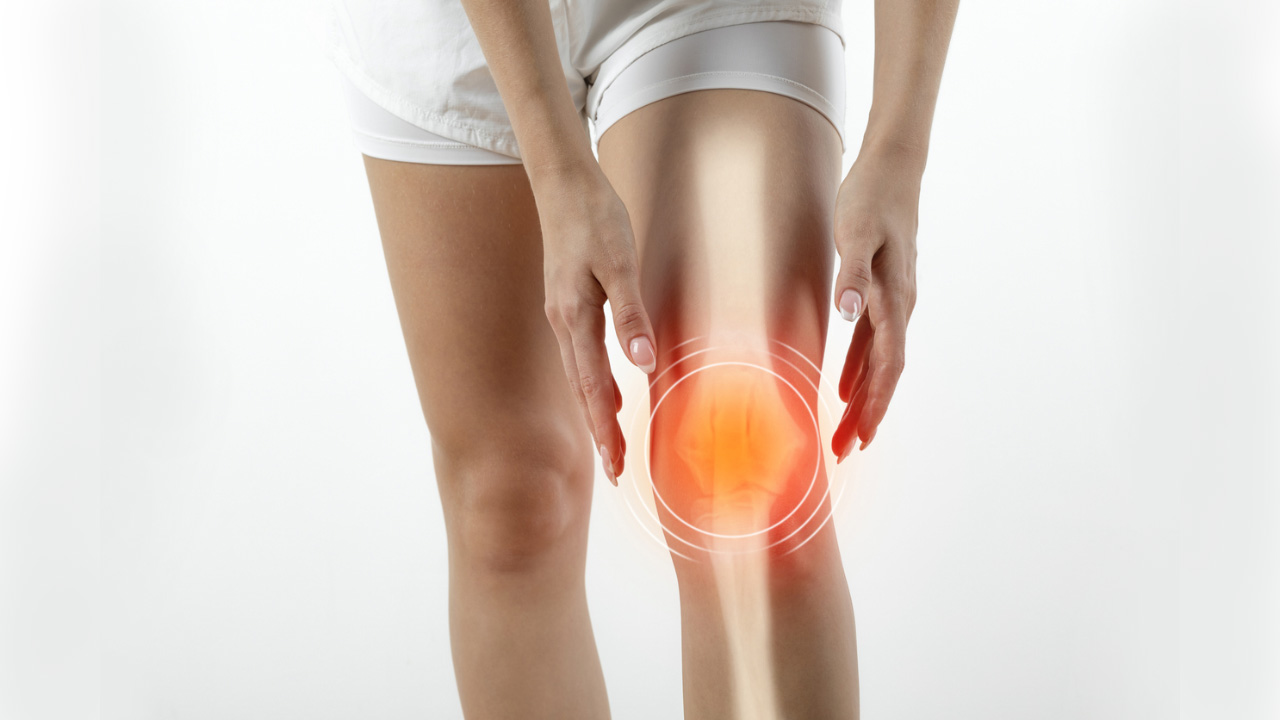Causes of Bone and Joint Ailments
(1) Joint ailments: These diseases are caused by bacterial infection, or damage, such as fractures, dangerous sprains, or recurrent injuries.
(2) Bone disease may be due to infection or damage. Bone development can be affected by disorders of endocrine secretion, and deficiency of antirachitic vitamins, and can also be affected by tumors.
(3) Disease or contraction of soft tissues like skin, and tendons near muscle joints can cause deformity. Contracture due to damage can be prevented by sterilization of the wound and subsequent appropriate skin, or tissue grafting, if necessary. Some types of strains can be corrected by gradual tension. Infected or damaged bursae and sebaceous sacs over joints often cause deformities such as swelling of the leg, and swelling of the gonads.
(4) Diseases of the nervous system include obstetric injury, degeneration of nerve pathways, cerebral lesions, and infantile paralysis. Pediatric paralysis is a highly contagious epidemic in which muscles produced by sick nerves paralyze and remain atrophied.
(5) Most of the deformities are static and result from the incorrect configuration. Flat feet, round shoulders, and hollow backs are common causes of embryonic development.
(6) Congenital diseases are caused by abnormal embryonic development and their causes are not well understood. Congenital club foot, flat feet, dislocation of the hip, and diseases of the spine are other common ragas that are treated under orthopedic surgery.
Another very important contribution of orthopedic surgery is in the treatment of disabilities. This is most often caused by acute polio (poliomyelitis), pediatric paralysis, or in children born with cerebral palsy. In such situations, some of the muscles necessary for use or locomotion of the hand do not develop, or they are paralyzed. The surgical transfer of muscles to work in place of these paralyzed muscles, as well as the support of physical therapy and education, are helpful in reducing the effects of the disability to a great extent.
The use of appropriate antibiotics and the technique of excision of diseased tissue have been revolutionized in the treatment of tuberculosis in bones and joints. Now organs return to their normal state within a few months, compared to years earlier.
Now the spinal canal is no longer a mystery. Now the surgery can without hesitation remove the remnants of tuberculous pus pressing on the spinal cord that could otherwise cause paralysis of the lower extremity; Or the tumor of the spine can be removed, which can cause pressure sores or paraplegia of the feet. Many fracture patients are well with deformity (malconjugation) and many are good and many are not good at all (dis combination). Various surgical procedures can align the fractured sections and fix them with needles, wires, or metal staples by placing them in their proper positions.
Infection of bones and joints is affected by antibiotics. This is gratifying, but when the infection becomes chronic, the antibiotics do not reach the tissues. This results in irreversible changes that limit joint movement and lead to deformities. In such cases the joint that causes pain with movement may be immobilized (arthrodesis) at a predetermined optimal angle or arthroplasty may be performed if movement of the joint is desired.
The aspect of prevention is of importance in other branches of medicine. It has also been found that some changes in growth are due to damage at different epiphysial centers and these centers can be preserved only during times of active disorder. Because of these efforts and the method of securing these growth centers, preventive orthopedics has become very important.

 Now the surgeons are also conscious and alert about the prevention of deformity and skeletal deformity. Efforts are going on relentlessly to emphasize the importance of correct posture for the prevention of disease. Let us know about causes and advanced solution of bone and joints problems.
Now the surgeons are also conscious and alert about the prevention of deformity and skeletal deformity. Efforts are going on relentlessly to emphasize the importance of correct posture for the prevention of disease. Let us know about causes and advanced solution of bone and joints problems. 









.jpeg)


.jpeg)



.jpeg)
.jpeg)






.jpeg)





